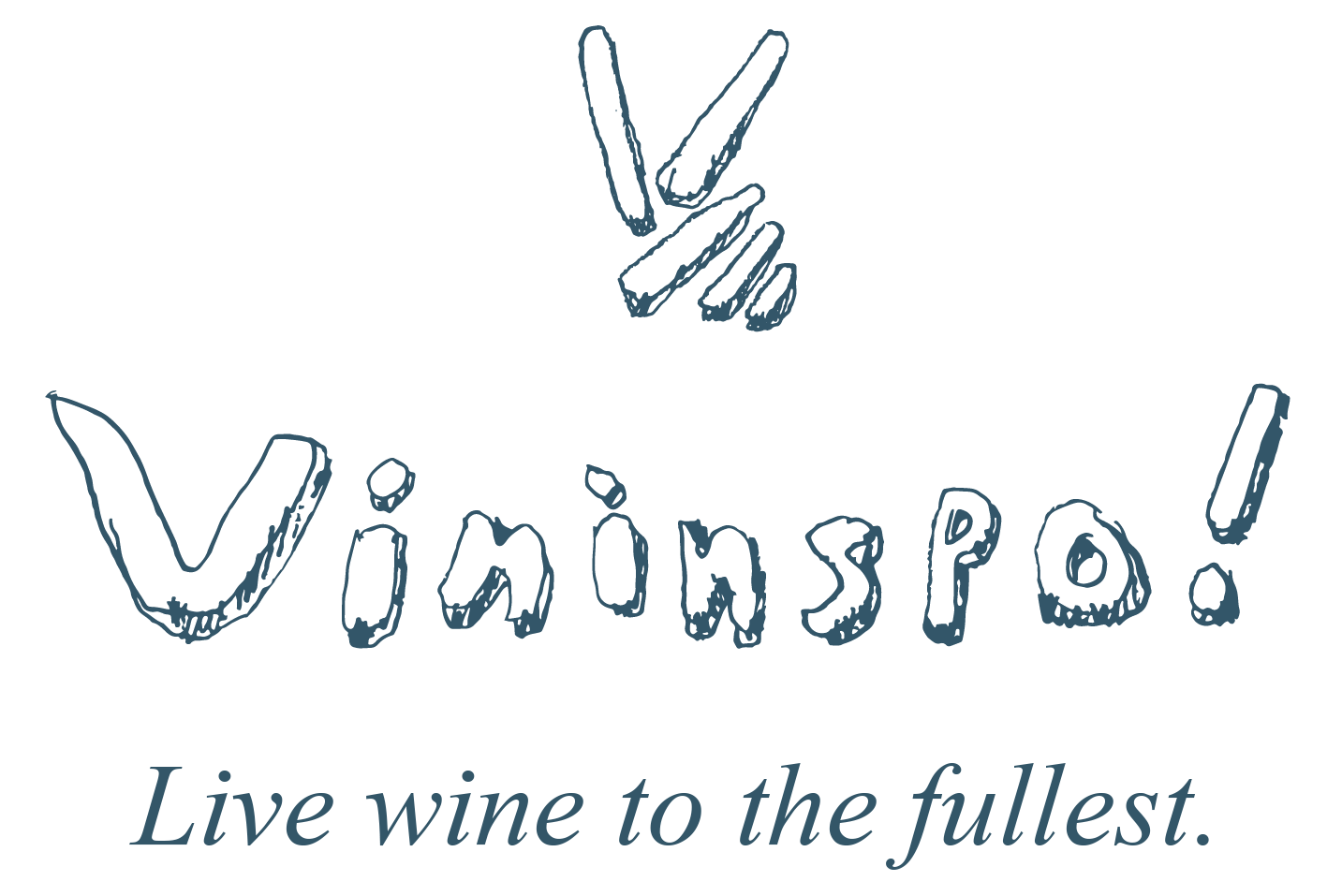Imagination and wine
Imagination was the theme of Davis McCaughey’s speech when the Victorian Governor of the time opened the brand-new Stonier winery back in 1991. It was imagination that led to the planting of grapevines in the hills of Merricks on the Mornington Peninsula, imagination that dreamt up a building “important for its function and a place of beauty in itself”.
In that speech Dr. McCaughey quoted British philosopher Mary Warnock, author of Imagination & Time, and her assertion that the great end of education is to stop people being bored. I wonder what the two of them would have said about wine education. You needn’t be an expert to enjoy the stuff; perhaps it’s an indulgence too far to spend time studying it. And what if an analytic approach were to drain wine of its joy? Or worse, turn you into the kind of wine-gargling know-all you go out of your way to avoid having a drink with?
Wine education is booming. Everywhere you look someone’s offering a masterclass, short course or meet-the-maker evening. Then there’s the formal side of things, from the multi-tiered Wine and Spirit Education Trust (WSET) awards to the revered Master of Wine. By 2014 WSET was offering courses in 17 languages across 62 countries. Just shy of 50,000 people sat for one of its qualifications in the last academic year, representing a fourfold increase over the past decade.
So why take the plunge? Len Evans, the late, great Australian wine evangelist, offers a typically blunt response: “You bother to learn about wine in order to enjoy it more.” Assessing wine from a technical point of view is just one aspect of this, but it’s an important one. This means understanding the interplay of a wine’s sensual and structural elements. It’s not about putting every drop that passes your lips under the microscope. But knowing what you like gets you nowhere. Knowing why you like it is a step on the journey to more wine you’ll enjoy.
The idea of a journey is an important one, since history and geography are written into every detail of wine. Where were the grapes grown? Why do they grow those varieties? And why does the wine taste the way it does? Already we’re travelling through time and space, broadening horizons and drawing a map to aid further exploration.
It’s all the more pleasurable to explore when you move with self-assurance. Let’s face it: wine can be intimidating, with its arcane language, traditions and hierarchies. Gaining a sense of ease about your palate leaves you to relish the prospect of choosing and sharing a bottle, with no heed to fashion or 100-point scores. The rules of service can seem like another minefield, but seeing the rationale behind convention – serving temperature, stemware, food pairing – frees you from blind obedience. Stick to rules that make the wine more enjoyable and ignore the rest.
If the fear persists that wine education will turn an exercise in fun into a dreary lesson in facts and figures, I say this: education doesn’t douse imagination, it ignites it. And to return to Mary Warnock, imagination’s the key if we’re to go beyond witnessing beauty to actually feel beauty. “The difference is this: in feeling the beauty of objects, we enjoy not only the common, shared pleasures of the senses, but also the private pleasures of the imagination, peculiar to ourselves, and such that we have to struggle to articulate them.”

